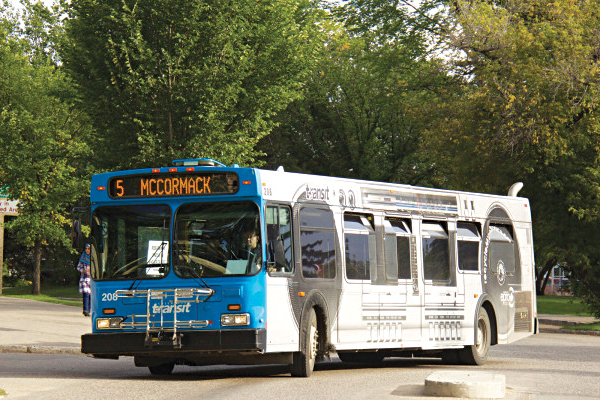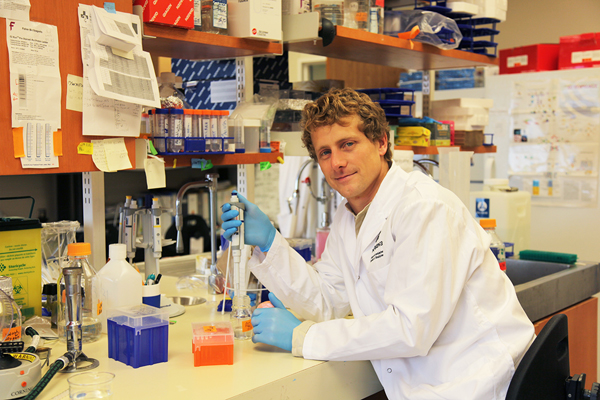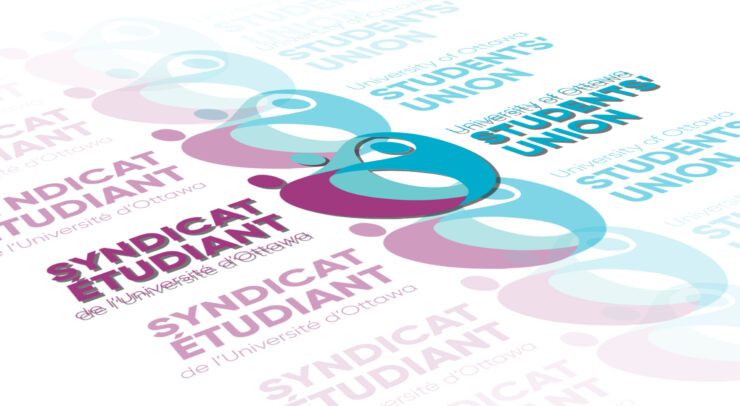University has introduced ride share program, increased parking to help them get to class
Photo by Katherine Fedoroff/The Sheaf
SASKATOON (CUP) — With the City of Saskatoon’s lockout of transit workers now in its third week, it has brought with it mounting frustration and no sign that buses will be returning to the road anytime soon.
After 11 months of bargaining between the city and members of Amalgamated Transit Union Local 615 resulted only in failed negotiations, city officials locked out 330 of its bus drivers Sept. 20. There has been no bus service since, with the exception of Access Transit.
One of the largest groups impacted by the lack of public transport is students at the University of Saskatchewan.
“We know that thousands and thousands of students use transit every day,” said student union president Max FineDay. “There are students, waking up at six in the morning … to get to class on time. It’s been ridiculous the lengths students have had to go to because they aren’t being respected by city council.”
Ottawa had its own transit problems only a few years ago when OC Transpo drivers, dispatchers, and maintenance workers went on a 51-day strike in the winter of 2008–09. With daily ridership of 350,000, the strike left roughly 20 per cent of the city’s commuter traffic out in the cold.
In response to Saskatoon’s transit lockout, the U of S has introduced alternatives in order to help minimize disruptions.
The UCommute program has allowed some students to organize rides with other individuals in their area, while increased capacity of parking lots as well as temporary parking permits have relieved some of the stress on the university infrastructure.
However, some students are still struggling to attend class or go about their daily lives.
Click here for the original story from the Sheaf
“Not being from here, it makes it a totally different ballgame where you grow to rely on something and then suddenly it’s not there,” said Jessica Popp, who’s in her first year as a U of S graduate student in biology.
Nicole Pogoda has lost more than simply transportation to and from school. It has been hard for her to confidently say she could work a regular schedule.
“If I were to get a job I would have … to bus and if they were really far away, I can’t walk for two hours,” said the second-year arts and science student. “That would be impossible. So now I have to rely on people for rides.”
With students struggling to go about their daily lives, FineDay recognizes the challenges the university faces.
“Not everything is going to work best for students,” he said.
“There’s a limited amount of options here … but the main solution here is that these bus drivers can get back to work.”




